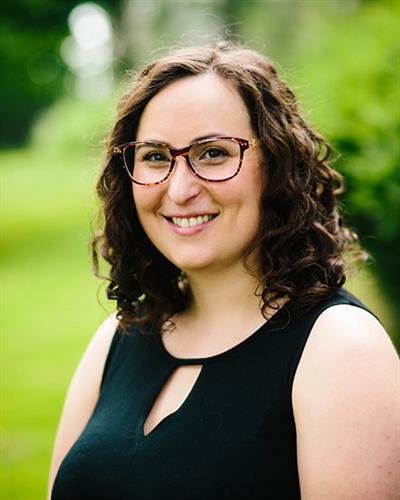The Rebecca Scheck Lab
The chemical modification of proteins is a cellular language that allows information to be communicated within the cell. In most cases, these modifications are maintained in a precise balance by an established cast of characters who introduce (write), relay (read), or remove (erase) the modification. To clearly understand how signaling networks influence cellular function, you must understand the activity of all three: writer, reader and eraser. This understanding is key to developing therapies that can be used to treat diseases, like cancer and neurodegenerative disorders, that emerge when the perfect balance is disrupted.
We focus on the development of new chemical methodology that can be used to unravel complex post-translational modification (PTM) networks within a living cell.
Learn more about the Scheck lab
